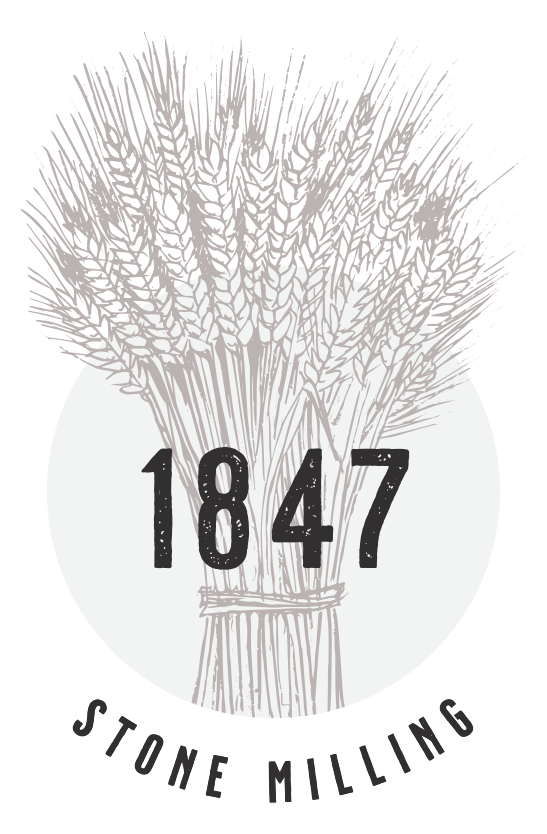In this month’s update, we have finally brought in our last field of corn. Better late then never! The corn, or any grain, is harvested from the field and travels by gravity wagons or tractor trailers from the field to the grain elevator. There are several different elevators dotted across the country side. Many of them are still family owned and operated. Like the farmers they serve they often work very long hours during harvest seasons.
When the grain arrives to the grain elevator, samples are taken while unloading. All grain is graded by quality. Better grain earns higher prices. The elevators look for how “clean” the grain is. They are looking to see how plump the grains are, the protein of the grain, the moisture content in the grains and most importantly to see if the grains have biological contaminants ( Fusarium or DON ). All of these are analyzed and the load is given a grade… just like at school.








